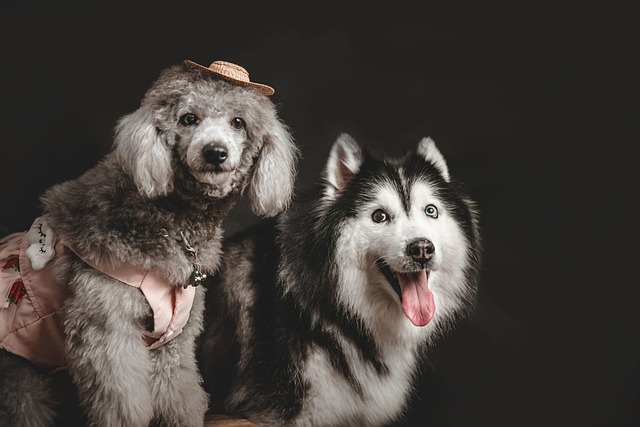
How do i train my dog to be obedient?
Watching your dog dart across the park ignoring your calls isn’t just frustrating—it can put them at risk near busy streets or public spaces.
Most new puppy parents stress over accidents on the rug, but a 7-day plan can turn chaos into consistency—if you stick to routines that fit your daily life. Start day one by setting a strict schedule: take them out first thing when you stumble out of bed, right after meals, and every 2-3 hours between playtime. Don’t forget to head to the same spot each time; puppies learn through scent, so a familiar area speeds up training. Also, check your city’s ordinances—many places fine owners who skip picking up waste, so keep biodegradable bags handy from day one.
Day two is all about positive reinforcement, the key to lasting puppy potty training. Keep tiny training treats in your pocket (something soft, like freeze-dried chicken) and praise them immediately when they go in the right spot—wait even 10 seconds, and they’ll forget why they’re getting a reward. If an accident happens indoors, clean it with an enzyme-based cleaner (regular soap leaves scents that attract them back). Avoid scolding; yelling only makes them scared to go near you, not scared to have accidents.
 By day three, start reading their cues: pacing, sniffing the floor, or circling are all signs they need to go. Respond fast—even if you’re in the middle of making coffee, drop what you’re doing and head outside. For apartment dwellers, this might mean keeping a portable potty pad near the door on rainy days, but always transition to outdoor trips when possible—many HOAs have rules against permanent indoor potty areas. This keeps you compliant and helps your pup learn the “right” place long-term.
By day three, start reading their cues: pacing, sniffing the floor, or circling are all signs they need to go. Respond fast—even if you’re in the middle of making coffee, drop what you’re doing and head outside. For apartment dwellers, this might mean keeping a portable potty pad near the door on rainy days, but always transition to outdoor trips when possible—many HOAs have rules against permanent indoor potty areas. This keeps you compliant and helps your pup learn the “right” place long-term.
Days four to six are for reinforcing and adjusting. If your pup is napping longer, extend the time between trips, but never skip post-nap or post-meal outings. Try short walks after potty breaks too; it ties going outside to fun, making them more eager to hold it for the trip. If you work, ask a neighbor or pet sitter to stick to the schedule—consistency beats length here. Also, note local leash laws: even in your yard, some areas require a leash for puppies under 6 months, so keep one on hand to avoid fines.
On day seven, you’ll likely see fewer accidents, but don’t let up yet. Keep rewarding small wins and cleaning messes quickly if they happen. Remember, no puppy is perfect—if they slip up, just reset the schedule the next day. By the end of the week, they’ll start associating “outside time” with potty time, and you’ll feel confident taking them on walks without stress. Always double-check local rules, too—some cities require puppies to be fully potty trained before entering public parks, so staying compliant keeps everyone happy.
Potty training a puppy in 7 days isn’t about perfection; it’s about building trust and routine. Your pup wants to make you happy—give them clear cues, consistent rewards, and follow local laws, and you’ll both be proud of how far they’ve come. Whether you’re in a busy city or a quiet suburb, this plan works because it fits real life, not just a textbook—and that’s what makes it stick.

Watching your dog dart across the park ignoring your calls isn’t just frustrating—it can put them at risk near busy streets or public spaces.

New puppy owners often find themselves rushing to clean up accidents before they set in, and that’s where puppy pad training becomes a game-changer.

If you've noticed your dog's waistline disappearing and your veterinarian has mentioned those few extra pounds, your first instinct might be to simply reduce the amount of food in their bowl.

Training a dog to use a designated spot indoors isn’t as daunting as many new owners fear, but it does take consistency and an understanding of your pet’s needs.

That moment of dread on a walk is all too familiar for many new dog owners. You see another dog approaching down the sidewalk of your neighborhood

If the sight of another dog on your neighborhood walk makes your heart sink as your own dog erupts into a frenzy of barking and lunging, you're not alone.